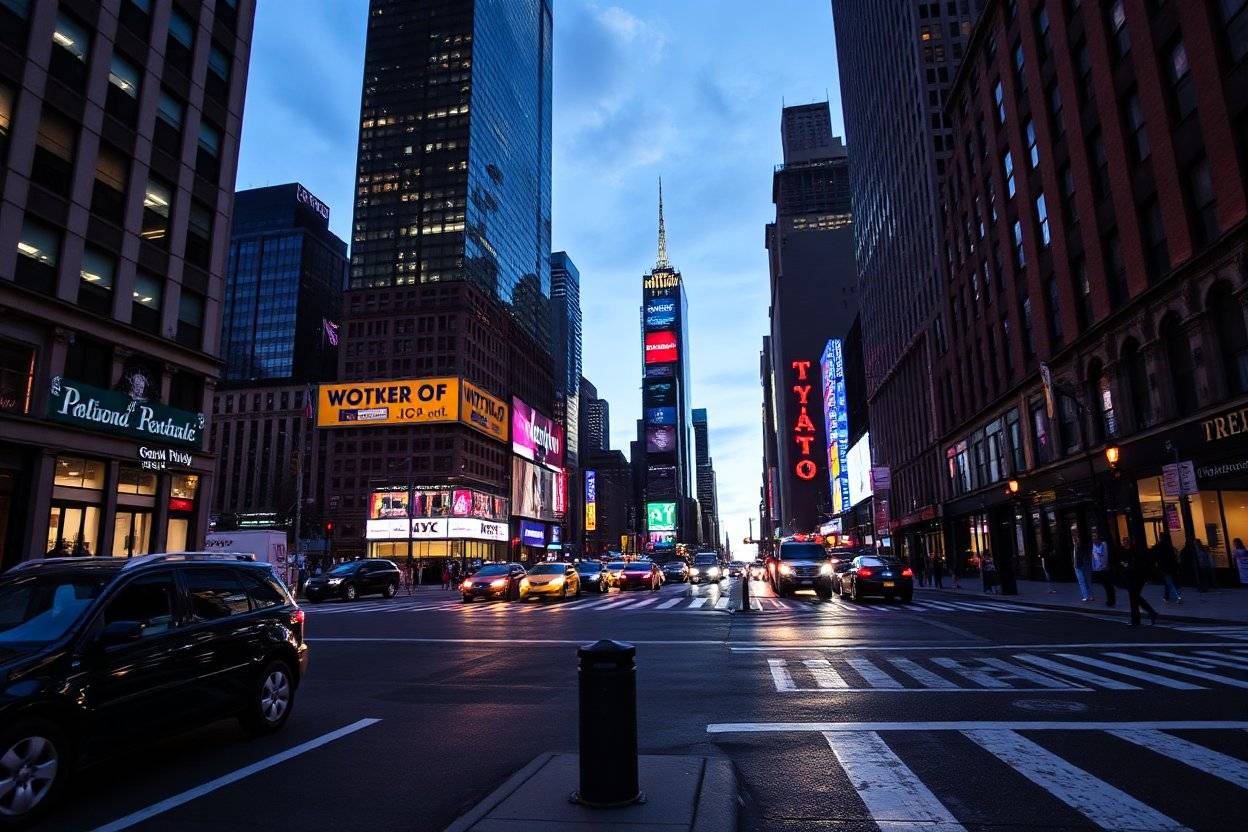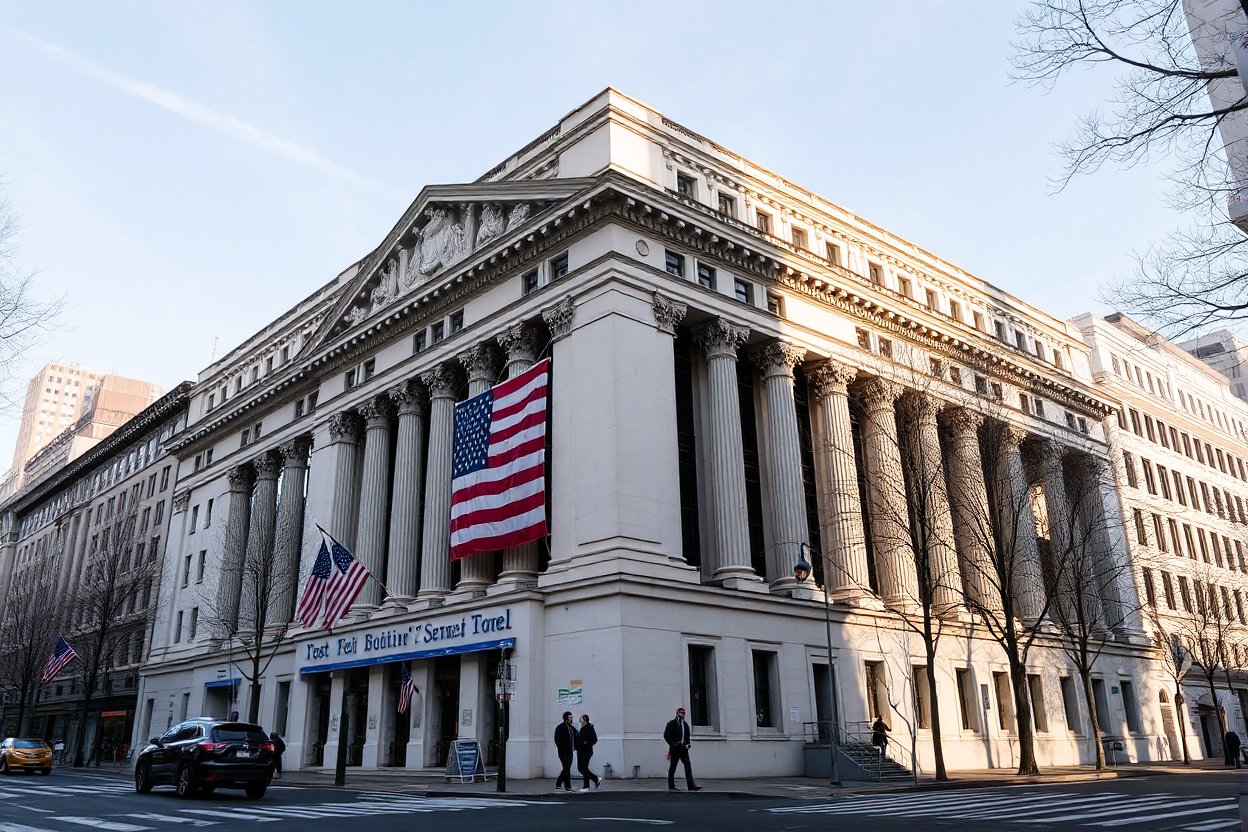Trump Daylight Saving Time Reform: Will 2025 Mark the End of Clock Changes
In a recent announcement, President-elect Donald Trump made public his decision to eliminate daylight saving time (DST) in the United States and called the practice both inconvenient and costly. On his social media platform, Truth Social, Trump said, “The Republican Party will use its best efforts to eliminate Daylight Saving Time, which has a small but strong constituency, but shouldn’t! Daylight Saving Time is inconvenient, and very costly to our Nation.
The movement of changing clocks forward in the spring and backward in the fall has been the topic of a lot of discussions in the past few years. Originally, the usefulness of DST was to save energy during World War I. However, DST’s efficiency and relevance have been debated. The studies show that there are minimal energy savings and they stress the potential harmful health effects like an increase in traffic accidents and heart attacks that occurred after the biannual time changes.
Says Marco Rubio, who is Trump’s pick for the position of Secretary of State, the most vocal proponent of ending DST. He was the sponsor of the Sunshine Protection Act, whose goal was to make daylight saving time permanent nationwide. Rubio cried, “Changing the clock twice yearly is outdated and unnecessary.
Public support for this step seems to be present. A 2021 survey discovered that 75% of Americans are against the annual clock changes and would prefer a consistent time system all through the year. States that are already practicing permanent standard time, a common practice during the summertime, are Arizona and Hawaii, which are the first opt-outs of DST.
However, any change to the current system needs to be confirmed by Congress. Not until the Time Change Act normally accompanied by massive electricity bills in the future would cause people to come on board. President Gerald Ford had already signed the year-round Daylight Saving Time bill in fifteen states to make it the law in sixty other states in 1973. DST was celebrated nationwide for the first time in 1918, but it was declared illegal and ceased after the World War I agreement treaty was signed by the U.S. and Canada because it indirectly led to an increase in food prices.
DSTs have their opponents: time shifts lead to sleep disturbances and the associated health issues related to decreased productivity, they say. Critics of DST argue that it is not the best way to save, and more importantly, the costs that energy companies change are the main reason but not energy conservation. On the other hand, some proponents insist that longer daylight hours in the evening increase retail, sports events, and other activities that depend on natural light serendipitously.
As the debate goes on, the possible elimination of DST under Trump’s administration remains a pressing point for discussion. It all will hinge upon the legislative steps in the coming months and the demonstrators’ ability to bring about unanimity across the party lines.
Summing up, the proposal to get rid of daylight saving time has gained momentum through President-elect Donald Trump’s recent endorsement. A concept has been formulated that people want to stop the two-year shift not only for the day themselves but also to have a life that is as healthy and structured all over the U.S.
Trump’s Push to End Daylight Saving Time Gains Momentum is authored by a journalist whose articles appear on lists that are of interest.



For the reason that the admin of this site is working, no uncertainty very quickly it will be renowned, due to its quality contents.
naturally like your web site however you need to take a look at the spelling on several of your posts. A number of them are rife with spelling problems and I find it very bothersome to tell the truth on the other hand I will surely come again again.
Awesome! Its genuinely remarkable post, I have got much clear idea regarding from this post
I like the efforts you have put in this, regards for all the great content.